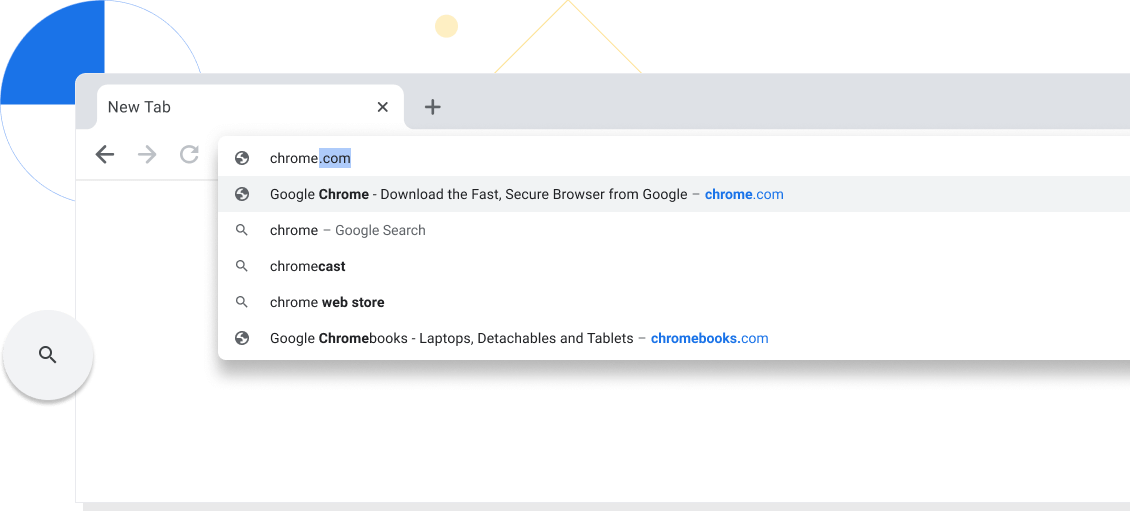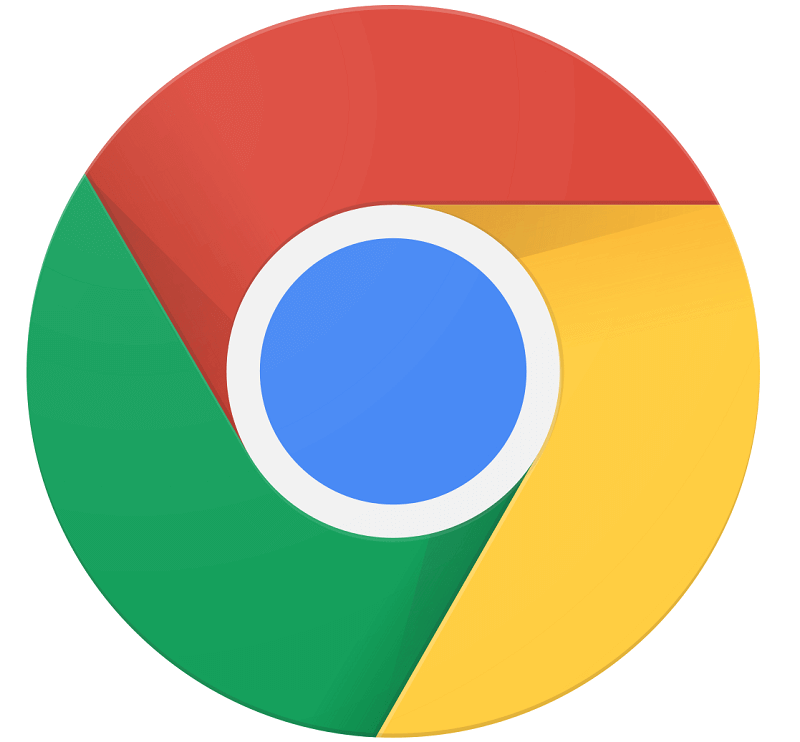

The idea was to put websites front and center, an approach every browser since has embraced. Roy Rahul-Chowdhury, VP of product management for Google Chrome Tabs, which let you handle multiple tasks at once in a browser, were no longer buried in that interface but instead promoted to the top of the window to reflect their multitasking importance. Gone was the clutter of menu items and toolbars - the user interface "chrome" after which Google named the browser. When Chrome emerged, it swept away the conventional browser look. Usage of Google's browser has climbed steadily upwards for years on PCs and phones, now accounting for 60 percent of activity, according to analytics firm StatCounter.Ĭhart by Stephen Shankland/CNET data from StatCounter
#Google chrome browser password#
The tabs are still on top, but many elements get a new round-corner look, the address bar can give direct answers in the drop-down that appears below your search query, and a new password manager feature can generate and store passwords so you don't end up recycling old ones. Google took another step into the future Tuesday, releasing a new version of Chrome with an overhauled user interface. That's where the computing still is headed today, and Chrome is towing the rest of us along. "It was designed for complex, rich web applications - the direction where computing was going," he said. People initially laughed at Chrome, recounted Rahul Roy-Chowdhury, the Chrome team leader who joined the project shortly after in 2009.

And even if Chrome dominates, Google generally sticks to open-web principles and has collaborated with rivals.
#Google chrome browser software#
And because it's mostly open-source, anyone can use the software for their own purposes - and indeed, Microsoft, Brave, Opera, Vivaldi, Samsung, Baidu and Yandex have built their browsers on Chrome's innards. This time things are different, though: Where Microsoft let IE languish after its victory, stalling web progress for years, Google's Chrome team continues to invest aggressively. It took years to wean the web from its reliance on the increasingly outdated, slow and insecure Internet Explorer 6 introduced in 2001.

We've seen this problem before, when nearly 20 years ago Microsoft's Internet Explorer squeezed out Netscape Navigator and other would-be rivals to dominate the web. Instead, he said, "you're starting to see a lot of sites - including, scarily, Google-owned sites - that only work in Chrome, which absolutely goes against the fabric of the web." "Having a war of ideas and technology and engines is healthy for the web," said Brad Frost, a web developer, author and consultant. But as Chrome gets more powerful, the open web could gradually become the Google web. The web is famously open, a neutral computing foundation controlled by no one single entity. Now, though, Chrome faces a new question: what to do with all that power. "We were hoping to show Chrome wasn't just a me-too browser," he said in an exclusive interview for the browser's 10th anniversary.Īlong the way, Chrome led an industry effort to modernize the web - an effort that also let Google advance its own services like YouTube, Gmail, Google Maps and the G Suite productivity tools. "The initial beta launch showed we struck a chord," said Darin Fisher, the Chrome engineering leader who helped write the first secret prototype in 2006. And Pichai, buoyed by a product he's called " exceptionally profitable," is now Google's chief executive. There are 2 billion copies of Chrome installed, with 1 billion people using it each month. Over the last decade, the comparatively sleek browser eclipsed rivals and now accounts for 60 percent of browser usage, according to analytics firm StatCounter.

There, he revealed the Chrome web browser publicly for the first time. Exactly 10 years ago Tuesday, a newly promoted vice president named Sundar Pichai stood before a group of tech reporters in a conference room at Google's Mountain View, California, headquarters.


 0 kommentar(er)
0 kommentar(er)
